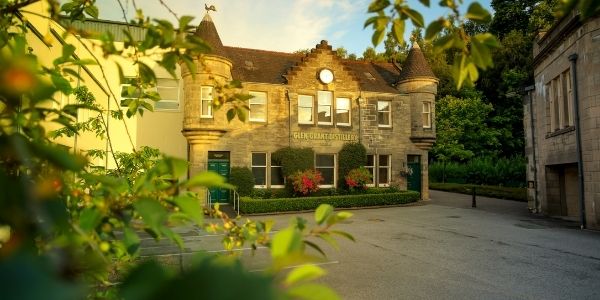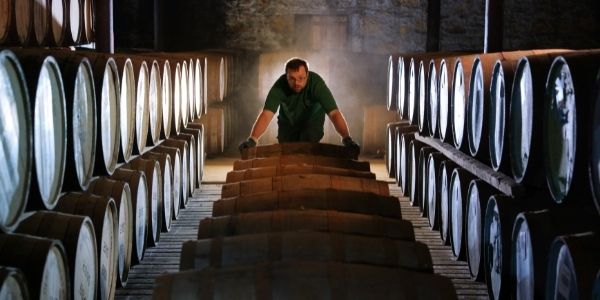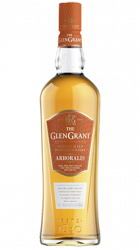It’s not unusual to hear someone say they were born into their industry, but for The Glen Grant's master distiller Dennis Malcolm, it’s literally what happened.
Situated in the heart of Rothes in Speyside, The Glen Grant was founded 180 years ago; the first distillery to be built in the largest and most famous of Scotland’s whisky regions. Speyside sits in a fertile valley of rivers and secluded glens and is home to more than half of Scotland’s distilleries.
“I was born in a house just by the distillery’s entrance. My mum was also born here; her father worked at The Glen Grant, as did mine. This distillery is family,” explains The Glen Grant's Dennis Malcolm, Scotland’s longest-serving master distiller.
“My childhood playground was these orchards and gardens, and I’d spend weekends at the distillery – the operators would pay me a shilling to watch the floor while they nipped off to watch football.”
The Glen Grant is steeped in history; the distillery was opened in 1840 by James and John Grant, and James’ son – known as ‘The Major’ – inherited it at the age of 25 in 1872, turning it into one of whisky’s major players.
This year marks Dennis’ 60th with The Glen Grant; he started working at the distillery at 15, in 1961, when stills were coal-fired, taking a wee dram was a perk of the job, and horses would carry caskmen and potters to get the coals and take the bottles to the boats for shipping.

His first job was as an apprentice cooper, making casks. “I was so curious to understand how casks held together without any glue; with just metal hoops and wood, they hold a liquid that’s thinner than water. When I started, cask-making was done by hand – you took a bundle of staves and put them in the brass hoops to make the cask before setting fire to it and wiping it down with wet hessian. These days they are made with a steam blower, which is much easier.”
Learning how to make casks was the single-most important lesson of Dennis’ career. “The casks are responsible for giving the whisky its fruits and flavours; the cask that holds the whisky makes a huge difference to the product.”
Dennis explains that casks are like people – they age at different stages. “One cask may be amazing at 10 years, while others need longer to mature,” he says. Casks have a shelf life – if you use one too many times, the colour doesn’t come out of the wood, and the flavour changes, so The Glen Grant only uses a cask three times.

Each whisky from The Glen Grant has a distinct flavour profile. “The typical DNA of a Glen Grant single malt is always a light golden colour, a little bit dry and a bit fruity on the nose,” Dennis explains. “Taste-wise, it’s dry, fruity and nutty on the finish. If I have those three flavours, I know I have a Glen Grant single malt whisky.”
There have been many changes since Dennis got his first pay cheque – many have happened since he began running the distillery, at just 26. Yeast that used to arrive in barrels and had to be added by hand to convert the sugars and alcohol was compressed into 35kg ‘cake’ bags so they could be lifted, and computers now do the job of mashing and distilling at the push of a button. But Dennis says the process of making the whisky has never changed.
“I’ve been here 60 years, and the parameters for malt, water, yeast, and fermentation are the same now as they were then,” he says. “The Glen Grant is both traditional and innovative. Yes, we have modern technology, but we also have wooden fermenters, and our purifiers were created by James Grant in 1873.”
Ask him which is his favourite whisky, though, and he’ll laugh. “That’s like asking someone to pick their favourite child,” he says.




